 Improving maximal aerobic capacity, aka VO2Max, as well as lactic threshold can have a huge impact on overall performance. You can improve VO2 max through long slow distance (LSD) training, pace and tempo training, interval training, high-intensity interval training, and fartlek training.
Improving maximal aerobic capacity, aka VO2Max, as well as lactic threshold can have a huge impact on overall performance. You can improve VO2 max through long slow distance (LSD) training, pace and tempo training, interval training, high-intensity interval training, and fartlek training.
Training by Experience Level
Training to improve your aerobic capacity varies according to your experience level:
- If you are just starting to train to be an endurance athlete, I suggest that you stick with a long slow distance training until you build your aerobic base, which would be more for mileage/time rather than overloading your lactic threshold and VO2 max.
- If you are an intermediate endurance athlete, you should add one hard workout day (pace or tempo interval, high-intensity interval, or a fartlek) and a higher-mileage day than your usual LSD mileage.
- If you are an advanced endurance athlete, train one or two days with the pace and tempo interval training, high-intensity interval training, or fartlek training. You should also have a high-mileage day that is higher than your LSD days.
Training by Goals
Keep in mind, all this training is also dependent on your training goal. For instance, if you are training for cycling, a full marathon, a cross-country or track event, or are a casual aerobic athlete, long-distance rower or swimmer, and so on, you will want to make sure to have a plan with your goals in mind. Be sure to implement these training methods into your program so that you can hit your goals.
Aerobic capacity and lactic threshold training modules can be tailored to your individual goals and training program. Here are some examples and how they can apply to your training.
- Long slow distance (LSD): Should be race distance or longer and 70 percent of VO2 max, give or take.
- Pace and tempo: Should be done in durations of 20 to 30 minutes at lactate threshold or slightly above.
- Interval training: Should be done 3 to 5 minutes with a work-to-rest ratio of 1:1, and it should be close to VO2 max.
- High-intensity interval training: Should be 30 to 90 seconds with a work-to-rest ratio of 1:5 and greater than VO2 max.
- Fartlek: Has a duration of 20 to 60 minutes and varies between LSD and pace and tempo training intensities.
Keep in mind, some of these norms and training intensities are meant for aerobic distance athletes and are specific to how the training should be done.
Overall, I highly encourage you to play around with these training philosophies and develop it into an aerobic endurance program that is best suited for you. It’s easy to just go out and do the aerobic activity day in and day out, but if you have a more organized, structured program, you will not feel overwhelmed and you will see the gains in your aerobic performance that you have been looking for all along.
This blog was written by David Behrmann, NIFS Health Fitness Instructor. To learn more about the NIFS bloggers, click here.


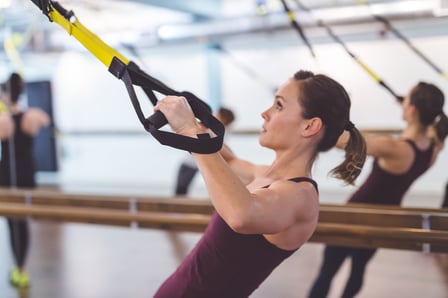 Have you ever started an exercise program and for whatever reason were not able to stick with it? There are many reasons that you may not be able to stick with an exercise program. It might be too hard, and you are not able to maintain the amount of work that is required. Maybe your workouts take too much time, and you are not able to fit it into your schedule. Or maybe you are not seeing the results you want. Whatever the reason that you were not able to find sustainability within your exercise program, there is always a solution. The best way I have found to find sustainability in exercise is to figure out your goals, then pick your programming, and lastly find consistency in your exercise.
Have you ever started an exercise program and for whatever reason were not able to stick with it? There are many reasons that you may not be able to stick with an exercise program. It might be too hard, and you are not able to maintain the amount of work that is required. Maybe your workouts take too much time, and you are not able to fit it into your schedule. Or maybe you are not seeing the results you want. Whatever the reason that you were not able to find sustainability within your exercise program, there is always a solution. The best way I have found to find sustainability in exercise is to figure out your goals, then pick your programming, and lastly find consistency in your exercise. 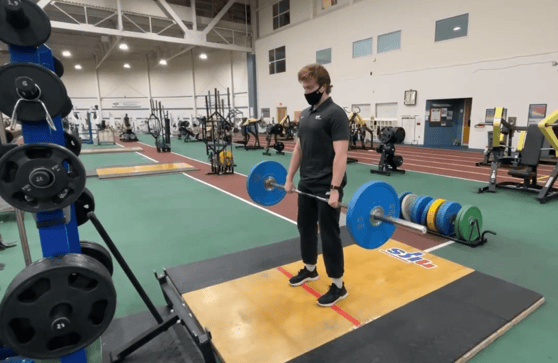 As a young trainer, I struggled to find my training style. I spent the first few months trying to make my clients happy, trying to make every session as hard as I could with no real connection between workouts. Our training had no direction; they were individual workouts according to what my clients wanted to work on that day. More times than not, this turned into working out one muscle group for the entire 30 minutes. I did a good job at working one muscle group, but that did not benefit them in the long term. As I grew in my education and as a trainer, I learned that there was a better approach to training: the full-body training split
As a young trainer, I struggled to find my training style. I spent the first few months trying to make my clients happy, trying to make every session as hard as I could with no real connection between workouts. Our training had no direction; they were individual workouts according to what my clients wanted to work on that day. More times than not, this turned into working out one muscle group for the entire 30 minutes. I did a good job at working one muscle group, but that did not benefit them in the long term. As I grew in my education and as a trainer, I learned that there was a better approach to training: the full-body training split
 Let’s face it: building your own workouts isn’t always the easiest thing to do. Sure, you probably strike gold a few times a year and the exercises you choose seem to be flawless, from the balance of muscle groups worked to the flow of the routine that you get into. There is nothing better than having that program that just seems to get the job done.
Let’s face it: building your own workouts isn’t always the easiest thing to do. Sure, you probably strike gold a few times a year and the exercises you choose seem to be flawless, from the balance of muscle groups worked to the flow of the routine that you get into. There is nothing better than having that program that just seems to get the job done. 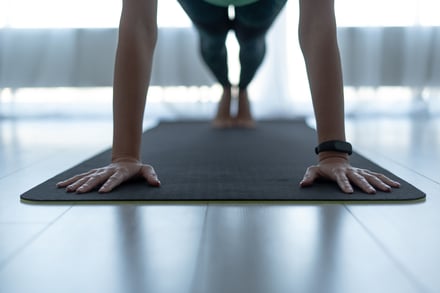 The plank series needs no equipment, only a wall (if you make it that far). Attempt to complete the plank series in order. Complete the plank progressive series on the days you work out at the end of your workout. If you are x2 days in a row successful and have perfect technique with the exercise, move on to the next progressive variation. You will see that the traditional plank is repeated multiple times and we will add time as you progress along over break. You do not need to do more than what is asked of you. It will be easy at first, but trust me: it gets harder by the end.
The plank series needs no equipment, only a wall (if you make it that far). Attempt to complete the plank series in order. Complete the plank progressive series on the days you work out at the end of your workout. If you are x2 days in a row successful and have perfect technique with the exercise, move on to the next progressive variation. You will see that the traditional plank is repeated multiple times and we will add time as you progress along over break. You do not need to do more than what is asked of you. It will be easy at first, but trust me: it gets harder by the end.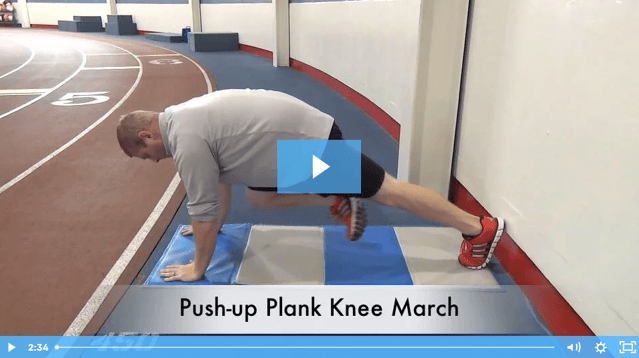

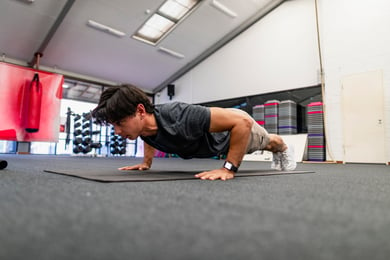
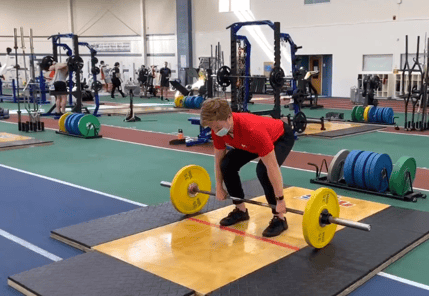 If you are like me, with a busy, on-the-go lifestyle, you probably don't have more than an hour to get inside the gym and train. Lucky for you, that’s okay!
If you are like me, with a busy, on-the-go lifestyle, you probably don't have more than an hour to get inside the gym and train. Lucky for you, that’s okay! 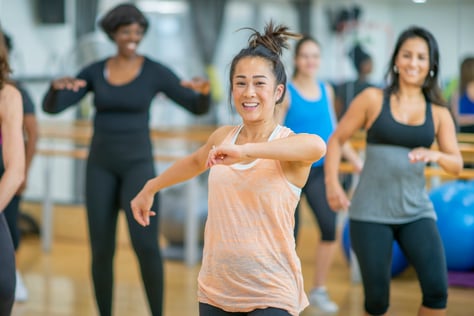 Consistency is arguably the most important component when working to accomplish goals, in or out of the gym. Without consistency, programs are unorganized, the body has a harder time adapting, and forming habits may be more challenging.
Consistency is arguably the most important component when working to accomplish goals, in or out of the gym. Without consistency, programs are unorganized, the body has a harder time adapting, and forming habits may be more challenging.